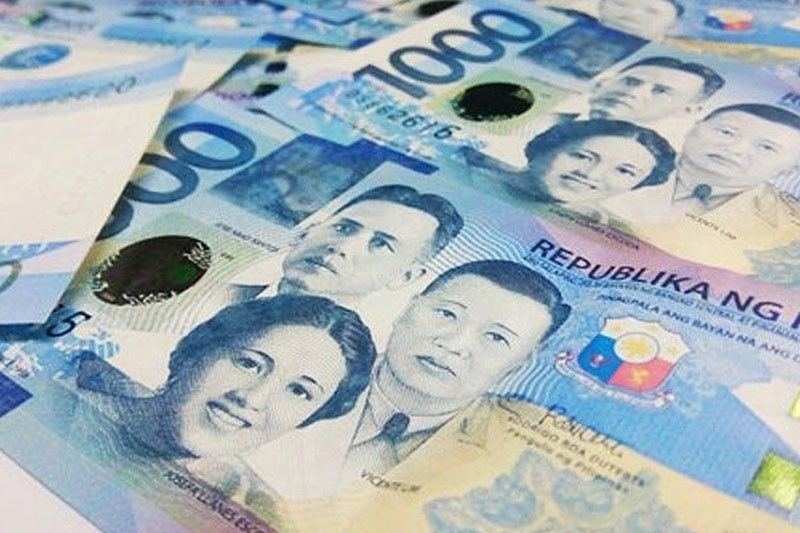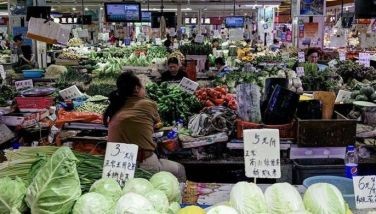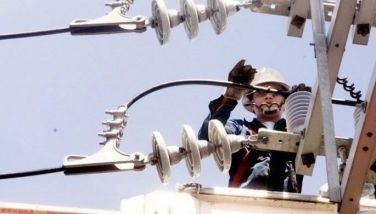External trade plummets

MANILA, Philippines — External trade contracted at a faster pace in August as exports and imports registered double-digit declines, according to data from the Philippine Statistics Authority (PSA).
The country’s external trade in goods reached $12.33 billion in August, lower than the $13.22 billion in July and $15.61 billion in August 2019. Year-on-year, total trade declined at a fasterpace of 21 percent In August compared with the 18.1 percent annual decline in July.
Imports still outpaced exports, resulting in a trade deficit of $2.08 billion – the widest in five months – coming from a deficit of $1.86 billion in July on account of a faster contraction in exports.
This brought the year-to-date deficit to around $14.6 billion, way narrower than the $27.1-billion deficit posted in the same period last year, lending support to assumptions that trends in trade would continue to support the peso in the near term.
Export sales totaled $5.13 billion in August, an 18.6 percent decline from sales of $5.68 billion from outbound shipments in July and an annual decline of 9.1 percent.
This marked the sixth month in a row that export earnings shrank, with the fastest decline at 49.9 percent in April, the height of the lockdown.
The export performance was pulled down mainly by the still diminished shipments of electronic products, which declined by 20 percent.
Imports, meanwhile, totaled $7.20 billion in August, contracting by 22.6 percent annually, compared to total import receipts of $7.54 billion in July, representing a 23.8 percent decline year-on-year.
This marked the 16th straight month of declines in inbound shipments as deep contractions were seen in the inbound shipments of capital equipment, consumer goods and fuel.
“The global economy remains in low gear as most markets continue to struggle to contain the virus,” said Nicholas Mapa, senior economist at ING Bank in Manila.
“Overall economic activity in the Philippines remains shackled by still elevated number of daily infections, limiting your usual household consumption patterns. Meanwhile, capital formation remains in deep contraction as businesses and individuals put off big expansion plans for the time being. Poor economic growth leads to tepid demand for imports, manifested in the deep decline in imports for August. We expect these trends, both for exports and imports, to continue.”
Mapa said trends in trade data continue to be supportive of the peso in the near term but points to dim prospects for economic growth as imports, which are crucial to production, register double-digit contractions for both consumer good and capital formation.
“We expect these trends to continue for the balance of the year, with the peso expected to remain on an appreciation bias, albeit at a more muted pace as the central bank moves to shore up its gross international reserves,” he said.
“The sharp narrowing of the trade deficit will likely keep the peso supported for the balance of the year, but import trends point to worrying signs of poor growth prospects for the months to come.”
- Latest
- Trending































